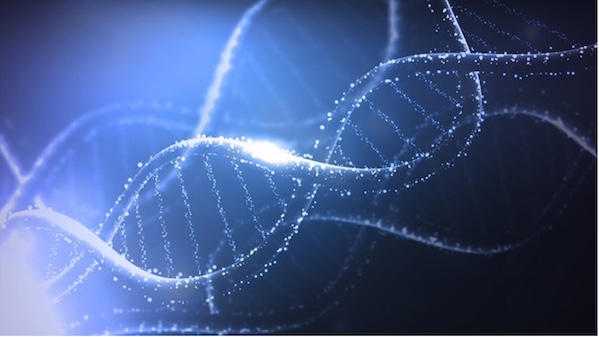New DNA Origami Technique to Advance Disease Diagnosis
May 17, 2024
Source: drugdu
 354
354
 DNA origami is a method used to create nanostructures with exceptional precision, utilizing DNA strands as the foundational building blocks. These structures, however, are inherently fragile and prone to disintegration under biological conditions, such as fluctuations in temperature or the presence of certain enzymes in living organisms. To address this vulnerability, researchers have now devised an innovative method to both customize and strengthen DNA origami, offering the potential to advance drug delivery and disease diagnostics.
DNA origami is a method used to create nanostructures with exceptional precision, utilizing DNA strands as the foundational building blocks. These structures, however, are inherently fragile and prone to disintegration under biological conditions, such as fluctuations in temperature or the presence of certain enzymes in living organisms. To address this vulnerability, researchers have now devised an innovative method to both customize and strengthen DNA origami, offering the potential to advance drug delivery and disease diagnostics.
A team of scientists from the universities of Portsmouth (Portsmouth, UK) and Leicester (Leicester, UK) has pioneered a novel approach to reinforce these origami structures, making them both stronger and more adaptable through a process they call triplex-directed photo-cross-linking. This technique involves the strategic addition of new nucleotide sequences to the DNA during the design phase. These sequences are the basic building blocks of DNA and act as attachment points for functional molecules, enhancing the structure's stability and functionality.
The attachment of these molecules is facilitated using triplex-forming oligonucleotides that carry a cross-linking agent. A chemical reaction driven by UVA light then permanently binds these molecules to the DNA, creating what the researchers describe as “super-staples.” These staples significantly enhance the integrity of the structure, making it less susceptible to thermal degradation and enzymatic breakdown. This new method is both scalable and economical, compatible with existing origami designs, and does not require redesigning the scaffold. It can be implemented using just a single strand of DNA. DNA origami is currently being applied in several biomedical fields, including vaccines, biological nanosensors, drug delivery systems, structural biology, and carriers for genetic material.
"The potential applications of this technique are far-reaching. The ability to tailor DNA origami structures with specific functionalities holds immense promise for advancing medical treatments and diagnostics,” said Dr. David Rusling from the University of Portsmouth’s School of Pharmacy and Biomedical Sciences. "We envision a future where DNA origami structures could be used to deliver drugs or DNA directly to diseased cells, or to create highly sensitive diagnostic tools.”
Source:
https://www.labmedica.com/molecular-diagnostics/articles/294801160/new-dna-origami-technique-to-advance-disease-diagnosis.html
Read more on
- Breaking the Mold and Forging a New Path! From Insulin Technology Pioneer to Global Innovation Competitor December 4, 2025
- A subsidiary of Kingfriend Pharmaceutical Co., Ltd. has received FDA approval for its self-developed injectable dapavancin December 4, 2025
- Major ophthalmic new drug successfully completed Phase III trials December 4, 2025
- Simcere Pharmaceutical and Wangshan Wangshui have reached an exclusive licensing agreement for deuterium remidevir hydrobromide for new indications such as RSV infection December 4, 2025
- SAL0140 tablets approved for clinical trials for the treatment of chronic kidney disease December 4, 2025
your submission has already been received.
OK
Subscribe
Please enter a valid Email address!
Submit
The most relevant industry news & insight will be sent to you every two weeks.



